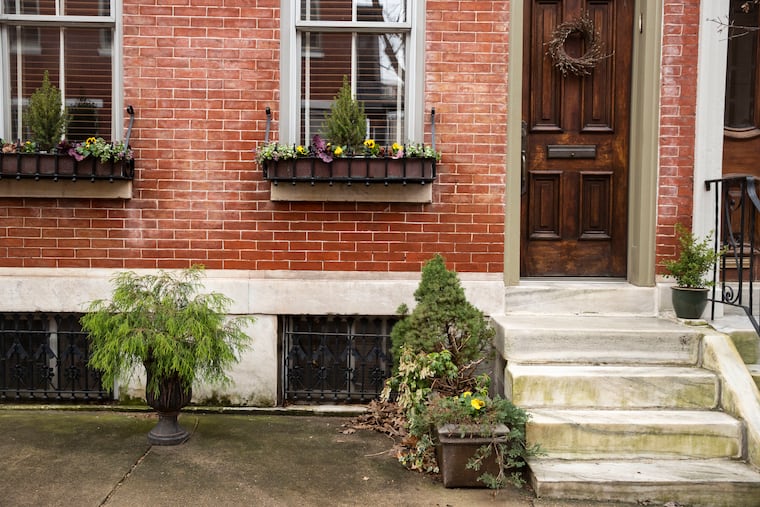Philadelphia’s Window-Box Gardens: Their Historical Significance and Impact on Urban Reform
As spring unfolds in Philadelphia, many rowhouse owners are dedicating time to their window boxes, creating vibrant displays that combine an array of plants to enhance the city’s aesthetic. This yearly ritual highlights not just individual creativity but also the layered historical significance of window gardening in urban environments.
Sonja Dümpelmann, a historian specializing in landscapes and the built environment, recently focused her research on the role that women played in the cultivation of these window boxes, especially from the 19th to the 20th centuries. During her residency in Philadelphia from 2019 to 2023, she analyzed how female reformers leveraged window gardens as tools for urban renewal and community improvement, particularly in distressed neighborhoods.
Her findings were published in the esteemed architectural journal Buildings & Landscapes, where she underscores the correlation between window gardening and broader social reform movements. Dümpelmann’s observations reveal that window boxes are not merely decorative elements; they serve as cultural signifiers that connect private spaces with the public realm, inviting engagement and interaction.
The practice of window gardening gained popularity in Victorian England and later spread to the United States. Emerging initially as an activity among women in urban centers, it evolved into a form of municipal housekeeping, extending their domestic responsibilities into the public sphere. In Philadelphia, window gardening shifted from a charitable exercise in the late 19th century to a politically charged movement in the mid-20th century, reflecting the changing dynamics of urban life as neighborhoods grappled with issues of decay and disinvestment.
Through both window-box charity and activism, which flourished in the 1950s, local residents fostered community ties and took collective action against urban decline, often using plants to bring vibrancy back to their surroundings. Despite the potential for positive community impact, these movements also highlighted the unique challenges posed by gentrification and social inequalities, as neighborhoods altered dramatically over time.
Today, window boxes continue to play a role in urban renewal, but gentrification has transformed the landscape in some areas. New housing developments frequently incorporate specialized features for window gardening, but the financial burden of establishing and maintaining these gardens often limits participation among lower-income residents, challenging the inclusivity that such initiatives ideally promote.
Window gardening in Philadelphia is thus a layered narrative that encapsulates themes of beauty, community engagement, and socio-political dynamics. It serves as a testament to how everyday gardening practices can fulfill deeper sociocultural roles, revealing the inherent connections between the natural and urban environments. As the city continues to transform, the fate of its beloved window boxes reflects ongoing discussions about equity, identity, and the future of urban living.
Media News Source







